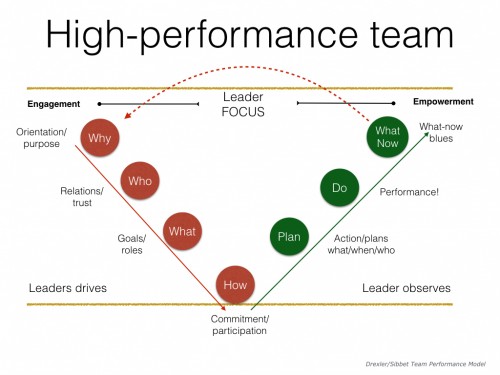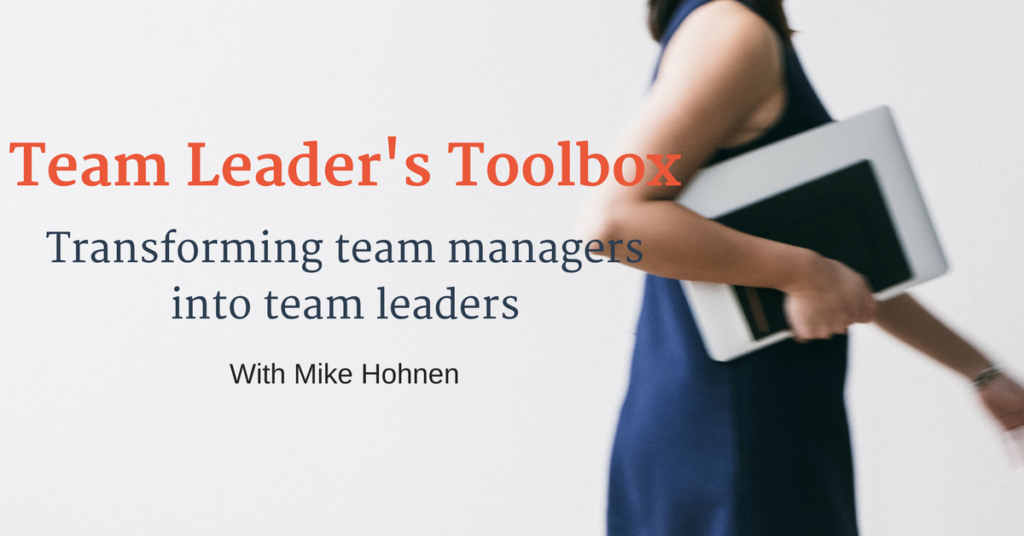Last week, I introduced you to DAC (Direction, Alignment and Commitment), the leadership concept developed by The Center for Creative Leadership and we looked at how that can be a useful way for the first time managers (FTM) to understand what they need to focus on from a leadership perspective. In fact, this does not just apply to First Time Managers, a lot of seasoned managers could benefit from applying this thinking as well. But that is another story.
So just to recap, DAC stands for Direction, Alignment and Commitment. If you did not read my previous blog post, you can find it here. This framework is not something that one person (the leader) tells everyone to do; on the contrary, establishing DAC is a process. It happens as a result of a two-way exchange with everyone on the team. It is co-created so to speak, but often initiated by the leader.
So that is the theory we covered in the previous blog post, but if you are a newly appointed manager, you may very well be thinking: “This makes sense but where do I begin?”
It is actually not as tricky as it may seem at first. There is a tool for this. And if you can integrate it into your basic approach to leadership, you will go far. I promise.
The high Performance Model
The tool or approach is called the Drexler/Sibet high performance model; named after the two gentlemen who created it. The idea combines two schools of thought: Behavioural psychology and process theory.
From behavioural psychology, we learn that whenever humans are put in a new situation, a new project or a new workgroup or maybe just a new workday, they ask themselves 4 fundamental questions:
- Why are we doing this?
- Who am I going to do it with?
- What are we going to do?
- How are we going to do it?
And they ask them in exactly that sequence.
The first question is quite subconscious, a sensing. The second question is more of a feeling and the last two questions are more thinking questions. But it is hard for us to move meaningfully forward to the next question if the previous question has not been answered clearly for us.
From process theory, we know that processes follow an oscillating pattern. They move in regular ‘Waves’ from one extreme point to its opposite and then back again. Human group processes the two extremes, which are often insecurity/uncertainty to security/certain.
When we combine these two, we get the Drexler/Sibet high performance model and it looks like this:
The first step is all about orientation. Establish a clear purpose and meaning with whatever it is we are about to do.
Next
Who is on this team and do they know each other or not?
If not, we need to find a way to break the ice and let people get to know each other. We are wired in our brains to be slightly distrustful of people we do not know. It is a basic survival precaution that dates back to our cave origins. If we are going to collaborate on a job/project, we need a minimum of trust. We start to build trust as we get to know each other. It is very simple.
If we know each other on the team, we need to check in. Just a quick round. How are we all feeling in general and what are maybe our expectations for this job or venture or day? This is all about what Blanchard (Situational Leadership) would call our psychological readiness level.
Then we need to agree on the goals and roles. What are we trying to achieve and what roles do we each have that will contribute to us achieving this?
And finally, we need to have a discussion and establish agreement, so how are we going to approach this?
Once we have been through these first four fundamental steps, we arrive at the bottom of the V model a point where we all have clarity and certainty about what we are about to embark on.
As the leader, you have now done 90% of your work. You have set direction, alignment and commitment. Lean back and let them decide the details of (tasks and timeframes, etc.) how they are going to do it. That will be quite easy if we have done the ground work well.
Observe and offer guidance only if needed as they execute, and only when they are done do you step back in and facilitate a reflection, so how did it go? What did we learn and what would we do different next time? You can see my previous post on goal grids and learning for more on this.
___________________________________________________
This is the fourth article in a series on how to lead as a first time manger. If you would like to know more, check out other articles of the first time manager series:
- How are you supporting your first time managers?
- The big leap… from team member to team leader
- First time manager – The challenges
- Direction, Alignment & Commitment in 4 easy steps
- How your relations affect your results
- Powerful or powerless, what do you prefer?
- Behaviour
- Conversations, not small talk
- Take charge of your energy levels!
- You won’t get results by pussyfooting around the issues!
- What drives a fabulous employee experience?
I have a new online training out on this: The Team Leaders Toolbox – check it out


